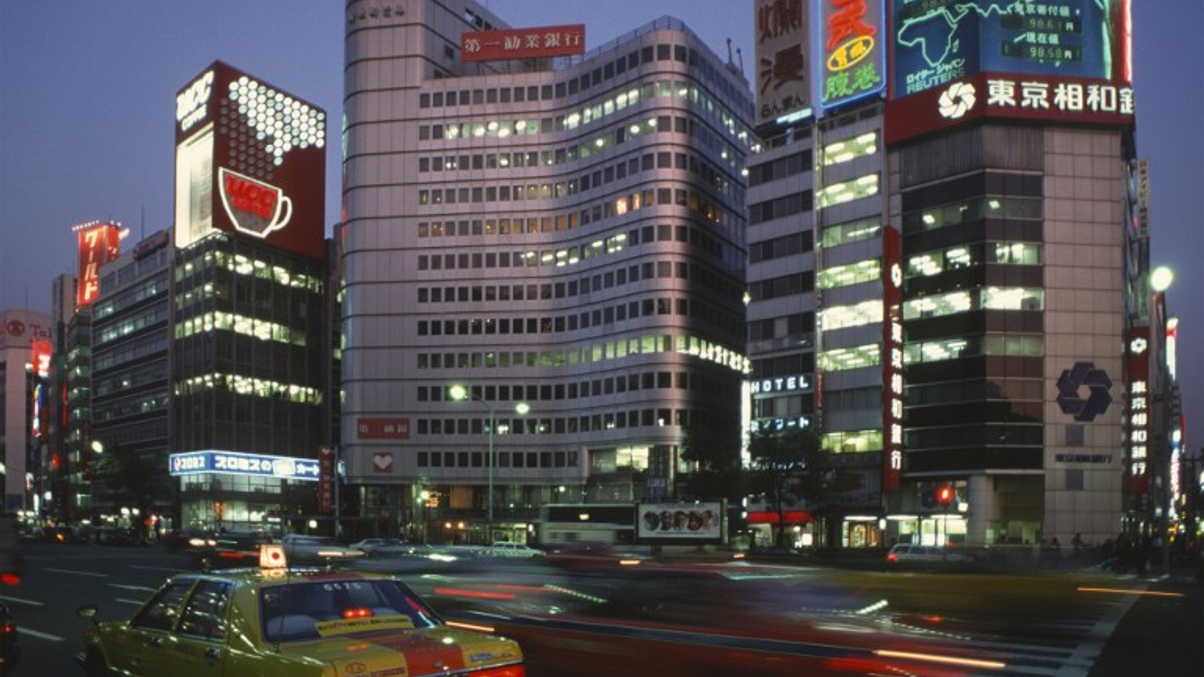Japan’s Chikyoren shifts on allocation, outsourcing
The Pension Fund Association for Local Government Officials manages almost three times as much of its assets in-house now as it did in 2003.

Japan’s Pension Fund Association for Local Government Officials is shifting more of its portfolio management in-house and allocating less to government debt, according to the Japan Pensions Industry Database (www.ijapicap.com/blog).
Sign in to read on!
Registered users get 2 free articles in 30 days.
Subscribers have full unlimited access to AsianInvestor
Not signed up? New users get 2 free articles per month, plus a 7-day unlimited free trial.
¬ Haymarket Media Limited. All rights reserved.


